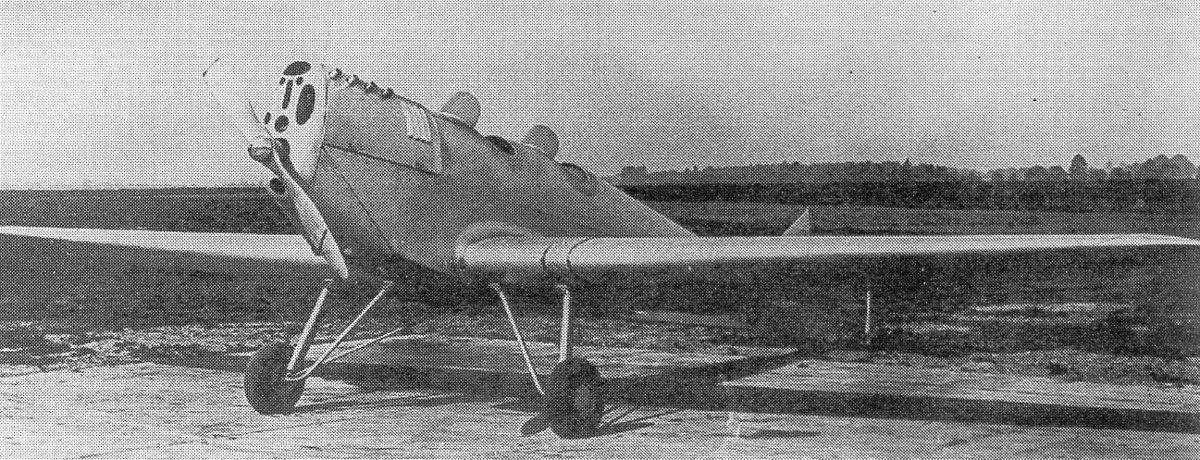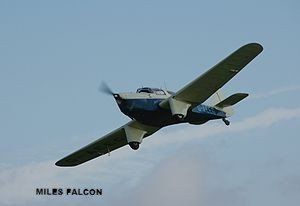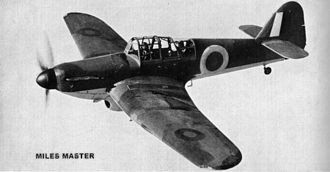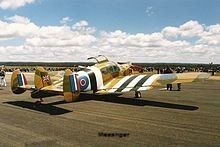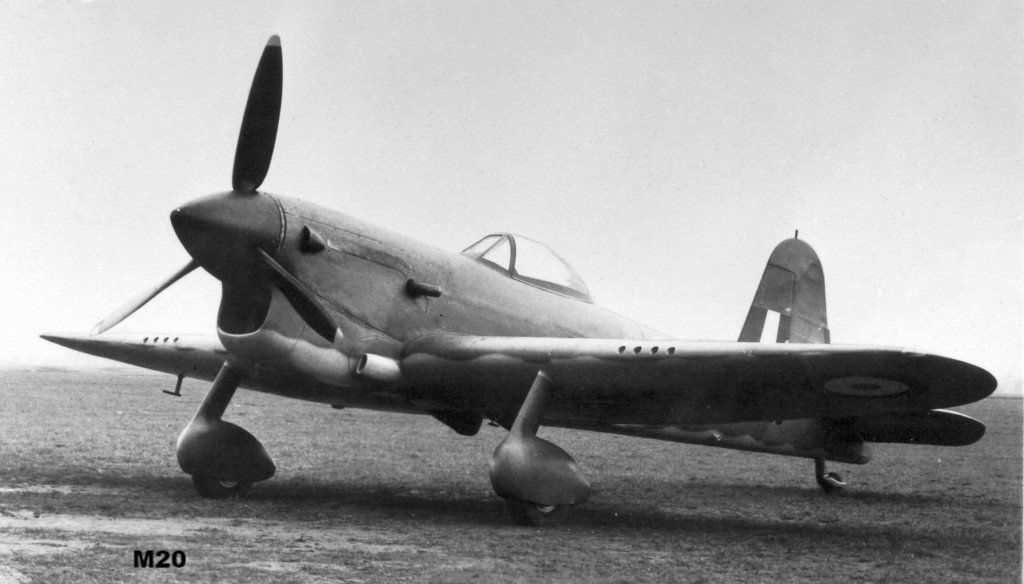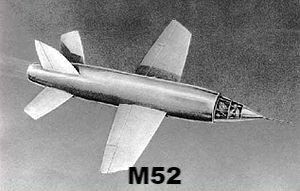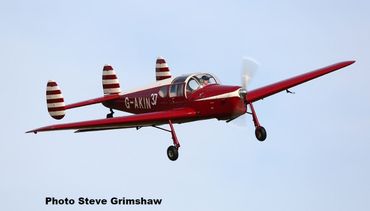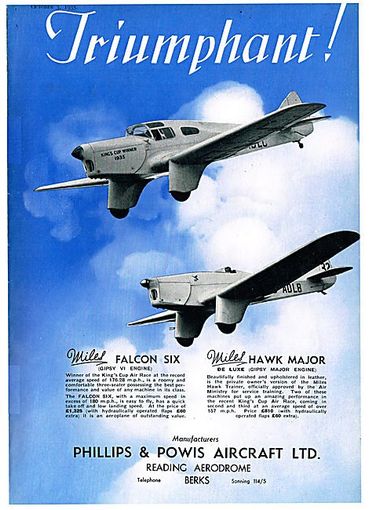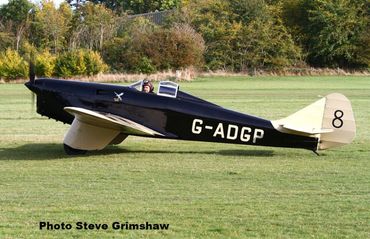The story of Miles Aircraft started at Shoreham Sussex in 1925, from very small beginnings, Mr F G Miles, one of the sons of a laundry owner at nearby Portslade, decided that his future was to be in aviation. He designed and built his own aeroplane, called the Gnat. This was a tiny biplane built in the workshop of the laundry, with the help of friends but was never flown.
Cecil Pashley taught Miles to fly in his Avro 504K. Having obtained his "A" licence, Miles lost no time in persuading Pashley to help him to operate a joy riding business .
After the purchase of an Avro Baby , Avro 504K's and others Miles decided the Baby could be suitably modified to make an aerobatic, sporty, machine , the Southern Martlet. The aerobatic displays given by the Martlet at many major air meetings in the early 1930s created quite a sensation and the sixth and last Martlet to be built was for The Hon Mrs Inigo 'Blossom' Freeman-Thomas the Viscountess Ratendone. One Martlet survives to this day and this is owned and flown by The Shuttleworth Collection
Miles taught 'Blossom' to fly at Shoreham and they were later married. 'Blossom' was a very talented lady and she helped Miles to design the Satyr, a very small and highly aerobatic biplane. This was built by George Parnall & Co of Yate in Gloucestershire. In 1932, Miles met Charles Powis, a motor engineer from Reading, Berkshire, who had an aviation business at Woodley. They agreed that a cheap modern light aeroplane was needed for private owners and clubsPhillips and Powis aircraft was formed.
The resulting aircraft was the Miles M.2 Hawk low wing Cantilever monoplane priced at £395. first flown, on 29th March 1933.


